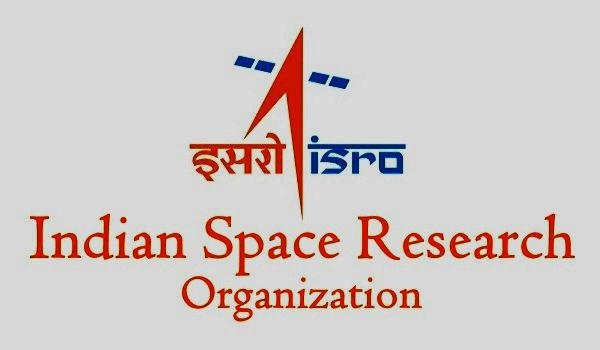From MOM orbital mission to 100+ Simultaneous Satellites launch to Reusable Launch Vehicle program, It appears that Indian Space Research Organization (ISRO) is on a roll. Their new Year resolution looks pretty exciting.
It seems that the unparalleled feat of launching 104 satellites wasn’t enough to satiate the technological appetite of ISRO, so now they have planned to launch one rocket every month in the year 2018 from Andhra Pradesh’s spaceport at Sriharikota.
“We are planning to have at least one launch mission a month in 2018 to deploy satellites in the earth’s orbit for various applications,” said Indian Space Research Organization (ISRO) Chairman A.S. Kiran Kumar, as mentioned in a report in Business Today.
“For 2018-19 and 2019-20 financial years, we are looking to receive increased budgets from the country in view of the missions,” he further added while addressing the press at the inauguration of a Gallery on Space Technology at the Visvesvaraya Industrial and Technological Museum in Bengaluru.
This increment in the budget also shows the commitment of Modi government towards Space Research and development.
First satellite to be launched by ISRO will be the Cartosat-2E remote sensing aircraft along with 28 Nano and microsatellites in the early January of 2018.
Cartosat-2E satellite is an earth observation satellite designed to collect high-resolution images for use in urban planning, infrastructure development, utility planning and traffic management.
Soon after the launch of Cartosat-2E, the launch of Chandrayan-2 will be finalized, it will be launched in the first quarter of 2018.
Chandrayaan-2 which is India’s second mission to the moon is more advanced than the first. There are three components of the mission, an orbiter, a lander and a rover. The rocket ISRO is planning to use for Chandrayaan-2 is a GSLV MKII and will take off from the space agency’s launch facility at the Sriharikota High Altitude Range (SHAR) in the first few months of 2018.
The orbiter will be deployed at an altitude of 100 kilometers above the surface of the Moon. The lander will then separate from the orbiter, and execute a soft landing on the surface of the Moon. The lander, rover, and orbiter will perform mineralogical and elemental studies of the lunar surface
ISRO is also teaming up with Team Indus, the Indian team amongst five finalists competing for $30 million Google Lunar XPRIZE. They are working to fly a 600kg spacecraft designed by Team Indus on its Polar Satellite Launch Vehicle (PSLV) before March 31, 2018, for the competition.
It takes a lot of hard work and diligent discipline to accomplish such high goals and ISRO has been doing it very frequently.
“It is never too late to do anything in science and technology. We can always make a mark. When we put in our best efforts, no one can beat us,” the ISRO head said. His words speak volumes about the constructive outlook and positive mindset one must have while aiming for the sky.
More powers to our beloved ISRO.


































